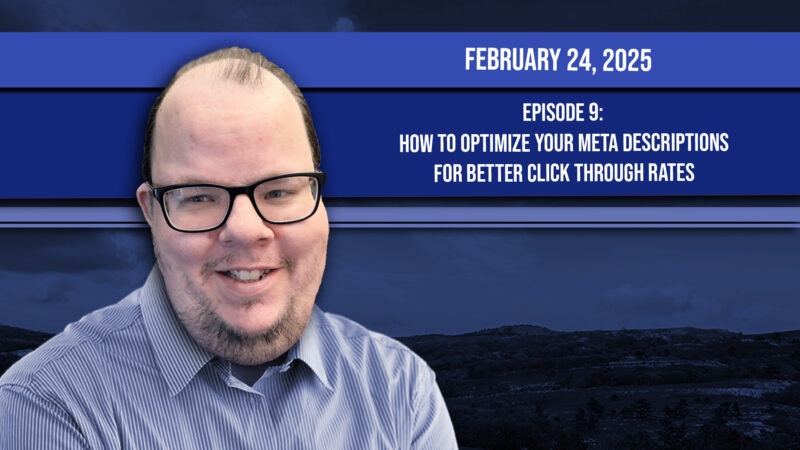In the world of digital marketing and search engine optimization (SEO), the importance of meta descriptions cannot be overstated. These short snippets of text appear beneath the page title in search engine results and provide potential visitors with a brief preview of what they can expect from your webpage. A well-crafted meta description can significantly boost your click-through rate (CTR), leading to higher traffic and better engagement. In this article, we’ll explore the best practices for optimizing meta descriptions to maximize your website’s CTR.
Why Meta Descriptions Matter
Meta descriptions serve as an advertisement for your webpage. While they don’t directly influence search engine rankings, they can impact CTR, which indirectly affects SEO performance. When your meta description is compelling and relevant, users are more likely to click on your link rather than a competitor’s. This increased traffic can signal to search engines that your page is valuable, potentially improving your rankings over time.
Best Practices for Crafting High-Performing Meta Descriptions
1. Keep It Concise and Clear
Google typically truncates meta descriptions to around 155-160 characters. To ensure your full message is displayed, keep your descriptions within this range while making them clear and informative. Avoid unnecessary words and get straight to the point.
2. Use Action-Oriented Language
Encourage users to take action by using verbs and persuasive language. Phrases like “Learn more,” “Discover,” “Get started,” or “Find out how” can create a sense of urgency and curiosity, prompting users to click.
3. Include Target Keywords
Incorporating relevant keywords in your meta description helps users understand the content of your page and aligns with their search intent. Google may also highlight these keywords in bold, making your link stand out in search results.
4. Match Search Intent
Understanding user intent is crucial. If someone is looking for a guide, your meta description should indicate that your page provides step-by-step instructions. If they’re searching for a product, highlight its benefits and features. Matching your description to user expectations increases the likelihood of a click.
5. Make It Unique
Avoid using the same meta description across multiple pages. Each page on your website serves a different purpose and should have a unique, compelling description that accurately represents its content.
6. Highlight Benefits and Value
Users want to know what’s in it for them. Instead of merely describing the content, emphasize how it benefits the reader. For example, instead of saying “This article discusses SEO strategies,” you could say, “Boost your website traffic with these proven SEO strategies.”
7. Leverage Emotional Triggers
Emotionally compelling language can increase engagement. Using words that evoke curiosity, excitement, or urgency can make your description more enticing. For example, “Struggling to increase website traffic? Try these powerful SEO techniques!”
8. Test and Optimize
A/B testing different versions of your meta descriptions can help identify what works best for your audience. Monitor CTRs in Google Search Console and tweak your descriptions based on performance data.
Final Thoughts
Optimizing your meta descriptions is a simple yet effective way to improve your website’s click-through rate and overall engagement. By keeping descriptions concise, action-driven, keyword-rich, and user-focused, you can attract more visitors and enhance your online presence. Implement these best practices and watch your organic traffic grow!

